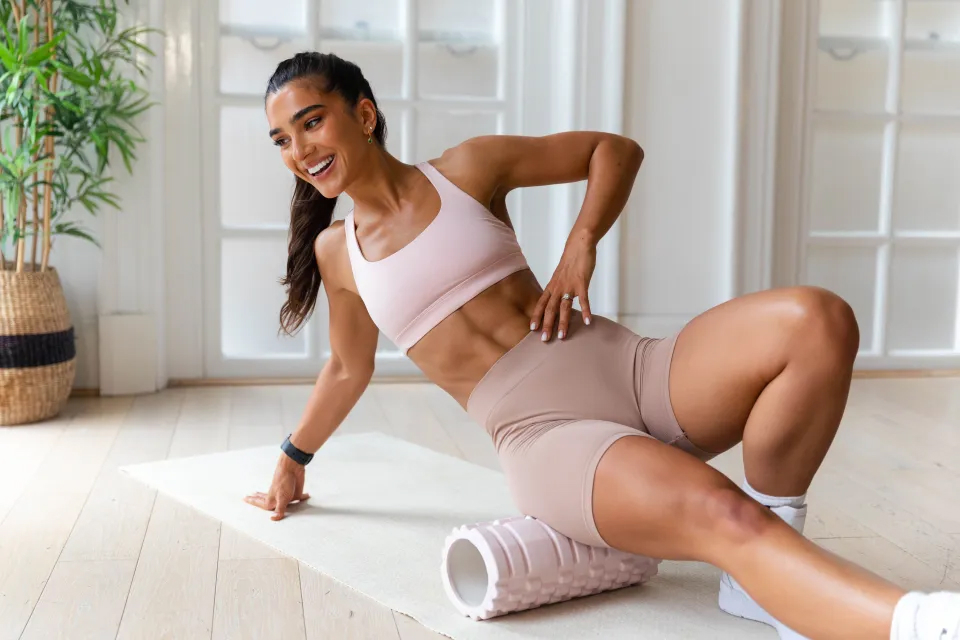How to Adjust Your Bike Seat for a Comfortable Rides
Efficient Ride
One of the most crucial aspects of enjoying a comfortable and efficient bike ride is ensuring that your bike seat is properly adjusted. Riding with an incorrectly positioned seat can lead to discomfort, pain, and even injury. Whether you're a seasoned cyclist or just starting, learning how to adjust your bike seat is essential for a pleasurable and safe riding experience. In this article, we'll guide you through the steps to adjust your bike seat like a pro. Why Proper Bike Seat Adjustment Matters?
Comfort - Saddle height plays a vital role in ensuring that your body is in the right position for cycling. Proper adjustment ensures a comfortable riding position, reducing the chances of soreness or numbness.
Efficiency - When your saddle is at the correct height, you can achieve better power transfer to the pedals, conserving energy and increasing your speed and endurance.
Injury Prevention - Poorly adjusted seats can lead to injuries such as knee pain, lower back pain, and saddle sores. Correct positioning minimizes the risk of these issues.
Control and Balance - Proper seat height and tilt enhance your control and balance on the bike, making your ride safer. 
Finding the Right Saddle Height
Standover Height:
Before making any adjustments, stand over your bike with both feet flat on the ground. There should be a few inches of clearance between your crotch and the top tube of the bike frame. This clearance ensures that you can dismount the bike comfortably and safely.
Initial Setting:
Start by setting your saddle height to a rough estimate. A common method is to sit on the saddle with your heel on the pedal at its furthest point from the crank arm. When your leg is fully extended, your knee should be almost completely straight. This is a starting point, and you will need to fine-tune from here.
Pedal Position:
Clip into your pedals or use toe cages to secure your feet. Start pedaling gently, focusing on the downstroke. If your hips rock side to side or your pelvis tilts excessively, your saddle might be too high or too low.
Knee Angle:
For a more precise adjustment, switch to the ball of your foot on the pedal. Your knee should now have a slight bend when the pedal is at its lowest point. Your leg should not be fully extended. If your knee is still fully extended or significantly bent, you need to adjust the saddle accordingly.
Ride Test:
Take your bike for a test ride. Pay attention to how your knees and hips feel during the ride. If your saddle height is correct, you should feel a comfortable and natural pedaling motion without any pain or discomfort. If not, make further adjustments and repeat the test ride.
Fine-Tuning Your Saddle Height:
It's important to note that the optimal saddle height can vary from person to person and depends on factors like leg length, riding style, and personal preference. Here are some additional tips for fine-tuning your saddle height:
- Make small adjustments: When making changes to your saddle height, do so incrementally. Small adjustments are easier to fine-tune and allow your body to adapt gradually.
- Keep track of changes: Note any adjustments you make, so you can easily revert to a previous setting if needed.
- Seek professional advice: If you're unsure about setting your saddle height, consider getting a professional bike fit. A bike fit expert can help you find the perfect saddle height and make other adjustments to improve your riding experience.
Conclusion
Properly adjusting your bike seat is crucial for a comfortable and efficient ride. It not only enhances your riding experience but also reduces the risk of injuries and discomfort. By following the steps outlined in this article and fine-tuning your seat to your personal preferences, you'll be well on your way to enjoying a smooth and enjoyable cycling journey. Remember that everyone's body is unique, so take the time to find the seat position that suits you best and allows you to fully enjoy the open road.



